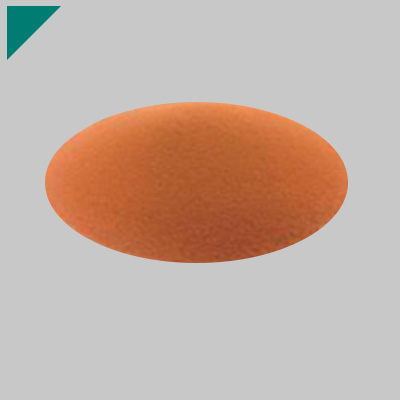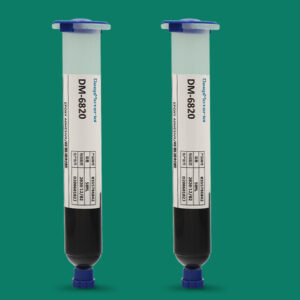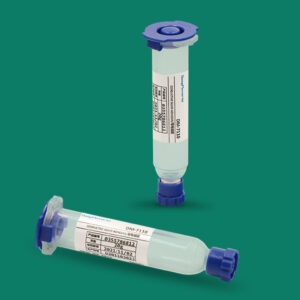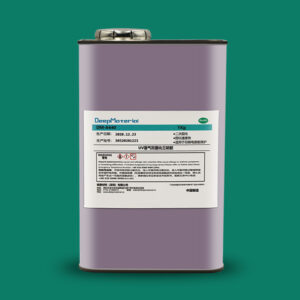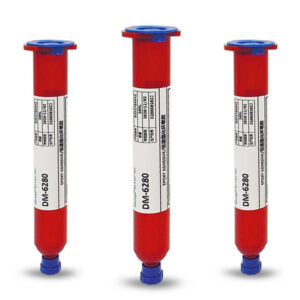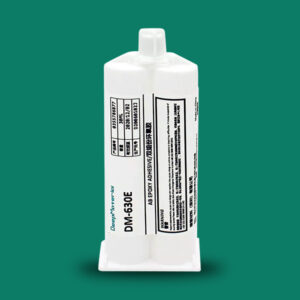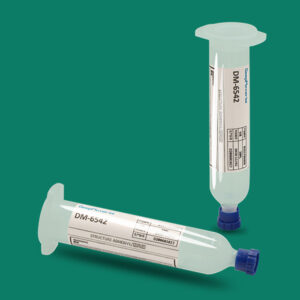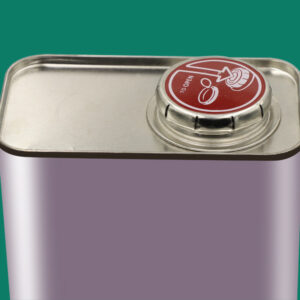Epoxy Adhesive for Plastic: A Comprehensive Guide
Epoxy Adhesive for Plastic: A Comprehensive Guide
This blog post will discuss the different types of epoxy adhesives for plastic, their properties, and their applications. We’ll also provide tips on how to use them effectively.
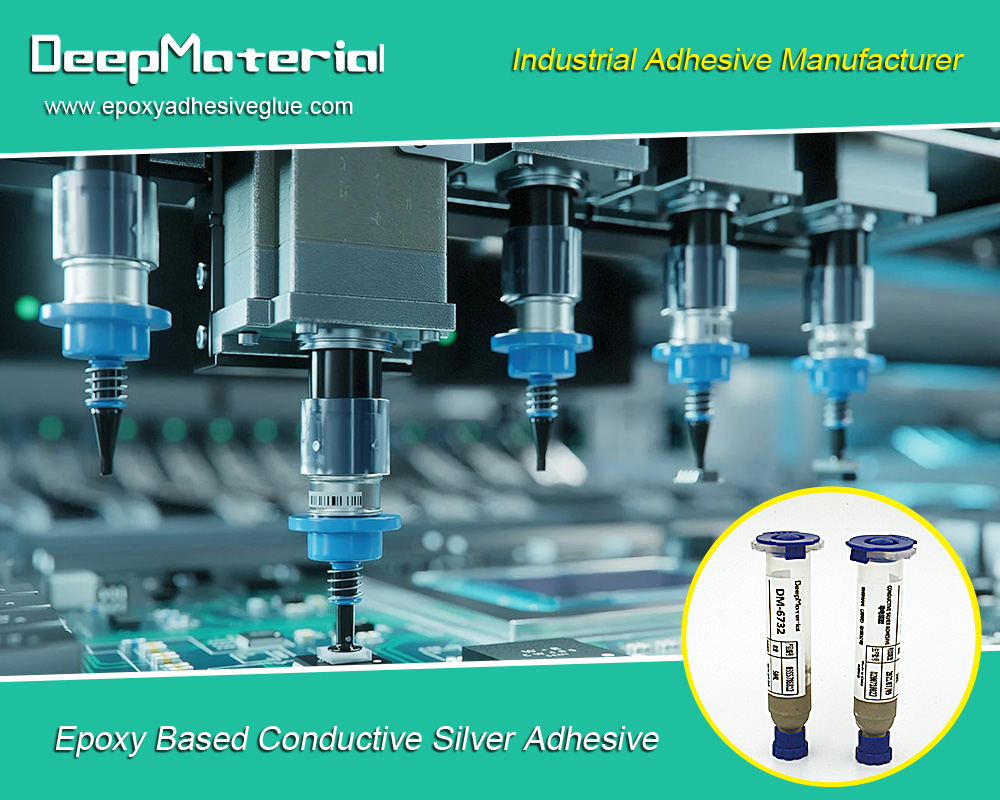
INTRODUCTION
Epoxy adhesives are widely used for bonding plastic materials. They are known for their excellent bonding strength and durability, making them the go-to choice for various applications. The use of epoxy adhesives for plastic bonding has become increasingly popular in recent years, owing to their ability to provide high-performance bonding, even in extreme conditions. This comprehensive guide will discuss the different types of epoxy adhesives for plastic, their properties, and their applications. We’ll also provide tips on how to use them effectively.
Plastics are commonly used in various industries, including automotive, construction, and consumer goods. They are lightweight, durable, and versatile, making them ideal for multiple applications. However, bonding plastic materials can be challenging, as they have low surface energy and can be difficult to connect with conventional adhesives, and this is where epoxy adhesives come into play.
Types of Epoxy Adhesives for Plastic
Different types of epoxy adhesives are available for plastic bonding, each with unique properties and characteristics. The following are the most commonly used types of epoxy adhesives for plastic bonding:
Two-Part Epoxy Adhesives: Two-part epoxy adhesives are the most common type used for plastic bonding. They consist of a resin and a hardener, which must be mixed together before use. Two-part epoxy adhesives offer excellent bonding strength, chemical resistance, and a long working time.
One-Part Epoxy Adhesives: One-part epoxy adhesives are pre-mixed adhesives that do not require mixing before use. They offer excellent adhesion to plastic surfaces and are ideal for bonding small areas.
Conductive Epoxy Adhesives: Conductive epoxy adhesives bond plastic components that require electrical conductivity. They contain conductive particles that allow them to conduct electricity.
Properties of Epoxy Adhesives for Plastic
Epoxy adhesives for plastic offer several properties that make them ideal for various applications. The following are the most essential properties of epoxy adhesives for plastic:
Viscosity: Epoxy adhesives come in different viscosities, ranging from low to high. Low-viscosity adhesives are ideal for bonding small areas, while high-viscosity adhesives are ideal for communing larger sizes.
Cure Time: Cure time refers to the time it takes for the adhesive to fully cure. Some epoxy adhesives cure quickly, while others take longer to heal. The cure time of epoxy adhesives can be affected by several factors, such as temperature and humidity.
Strength: Epoxy adhesives offer high bonding strength, making them ideal for applications requiring a robust and durable bond. The power of epoxy adhesives can be affected by several factors, such as the type of plastic being bonded and the surface preparation.
Applications of Epoxy Adhesives for Plastic
Epoxy adhesives for plastic have a wide range of applications across various industries. Here are some of the most common applications:
Automotive Repairs: Epoxy adhesives are commonly used in automotive repairs, especially for plastic parts. They can bond plastic bumper covers, grills, and other exterior trim pieces. Epoxy adhesives provide excellent strength and durability, making them ideal for automotive repairs.
Household Repairs: Epoxy adhesives are also used for household repairs. They can fix broken plastic items such as toys, kitchenware, and electronic devices. They are also helpful in bonding plastic pipes, fittings, and other plumbing components.
Industrial Applications: Epoxy adhesives are widely used in industrial applications, and they can be used to bond plastic components in machinery, electronics, and appliances. They are also used in the aerospace and marine industries to bond plastic parts and components.
Medical Applications: Epoxy adhesives are used in medical applications such as bonding plastic medical devices, equipment, and implants. They are also used in dental applications for communing orthodontic brackets and other dental appliances.
Tips for Using Epoxy Adhesives for Plastic
Several tips can help ensure a solid and effective bond when using epoxy adhesives for plastic.
Prepare the surface: Before applying the adhesive, make sure the surface is clean, dry, and free of any dirt, grease, or other contaminants. Use a degreaser or rubbing alcohol to clean the surface thoroughly.
Mix the adhesive properly: Follow the manufacturer’s instructions carefully when mixing the adhesive. Use a mixing ratio of 1:1 for two-part epoxy adhesives, and mix thoroughly until the color is uniform.
Apply the adhesive evenly: Use a brush or applicator to apply the adhesive evenly to both surfaces. Be careful not to apply too much adhesive, resulting in a weak bond.
Clamp the parts together: Clamp the pieces together firmly to ensure a tight bond once the adhesive has been applied. Use a clamp or tape to hold the details while the adhesive cures.
Allow sufficient curing time: Epoxy adhesives typically take several hours to cure, and full strength may not be achieved for several days. Follow the manufacturer’s instructions for fixing time, and avoid moving or disturbing the parts until the adhesive has fully cured.
Common Mistakes to Avoid
While epoxy adhesives are famous for plastic bonding, several common mistakes can weaken the bond and reduce its effectiveness. Here are some of the most common mistakes to avoid:
Applying too much adhesive: Excessive adhesive can result in a weak bond and may cause the parts to separate.
Preparing the surface properly: Dirty or greasy surfaces can prevent the adhesive from bonding properly.
Not mixing the adhesive thoroughly: Incomplete mixing can result in a weak or inconsistent bond.
Using the wrong type of adhesive: Different types of plastics require different types of adhesive, so choosing the right product for the job is essential.
Disturbing the bond before it’s fully cured: Moving or handling the parts before the adhesive fully recovers can weaken the bond and cause the parts to separate.
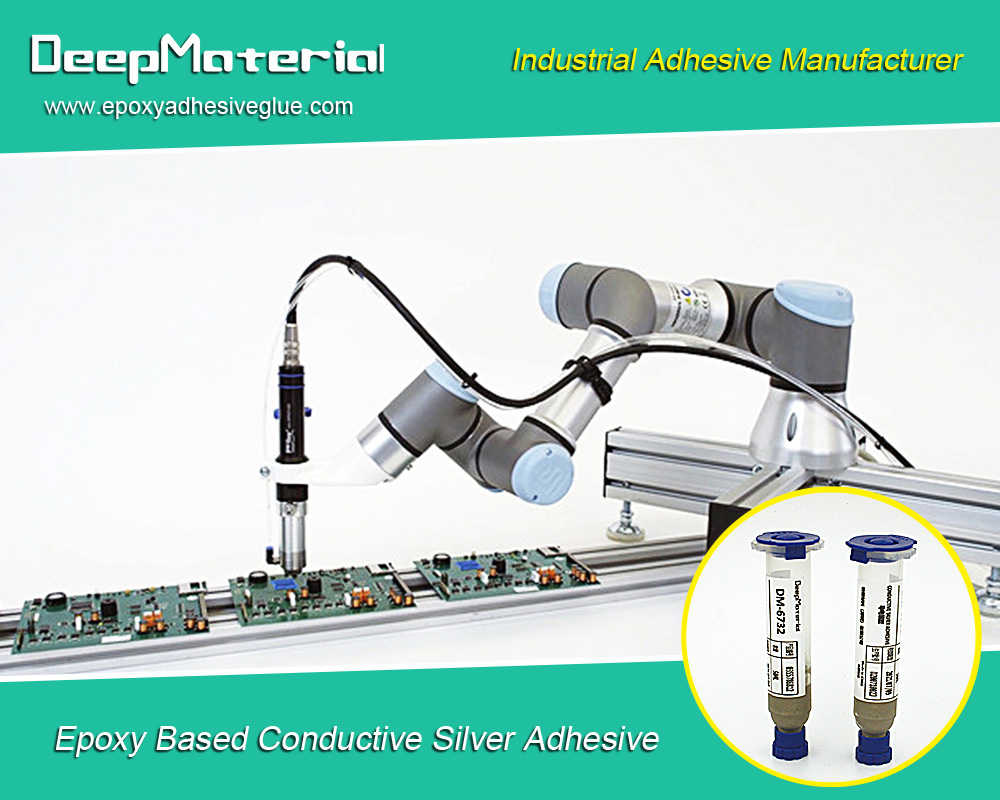
CONCLUSION
In conclusion, epoxy adhesives are an effective and versatile solution for bonding plastic parts. By understanding the different types of epoxy adhesives, their properties, and their applications, you can choose the right product for your needs and ensure a solid and durable bond. By following the tips in this blog post and avoiding common mistakes, you can achieve a professional-quality bond that will last for years. Always use epoxy adhesives in a well-ventilated area and wear appropriate safety gear, such as gloves and goggles, to protect yourself from exposure to harmful chemicals.
For more about choosing the epoxy adhesive for plastic: A comprehensive guide,you can pay a visit to DeepMaterial at https://www.epoxyadhesiveglue.com/category/epoxy-adhesives-glue/ for more info.



